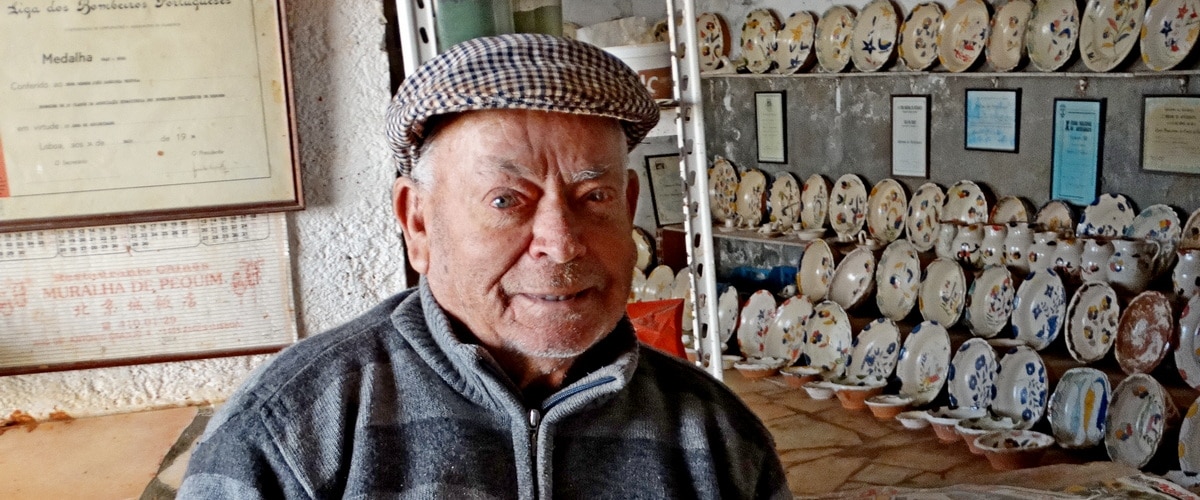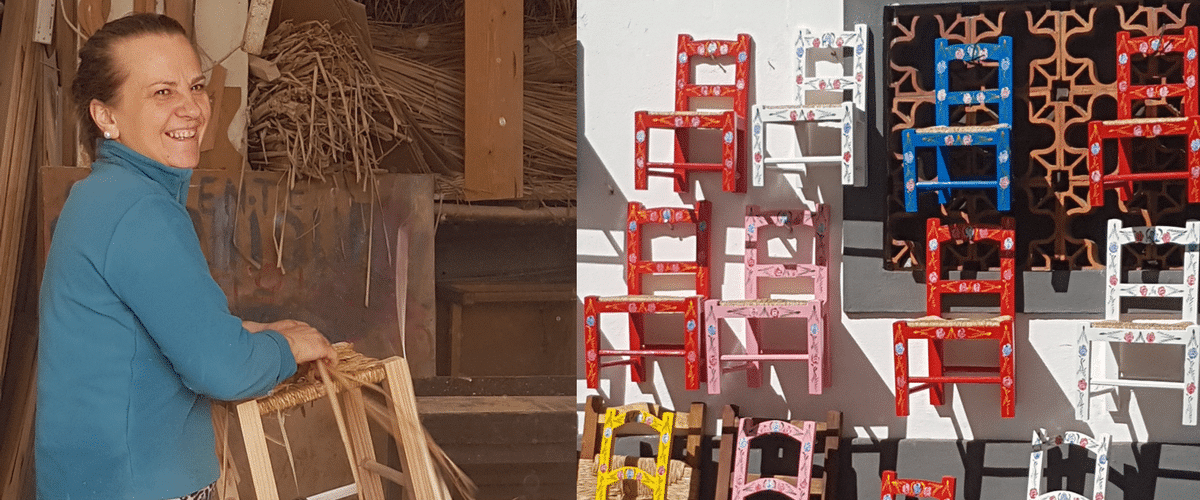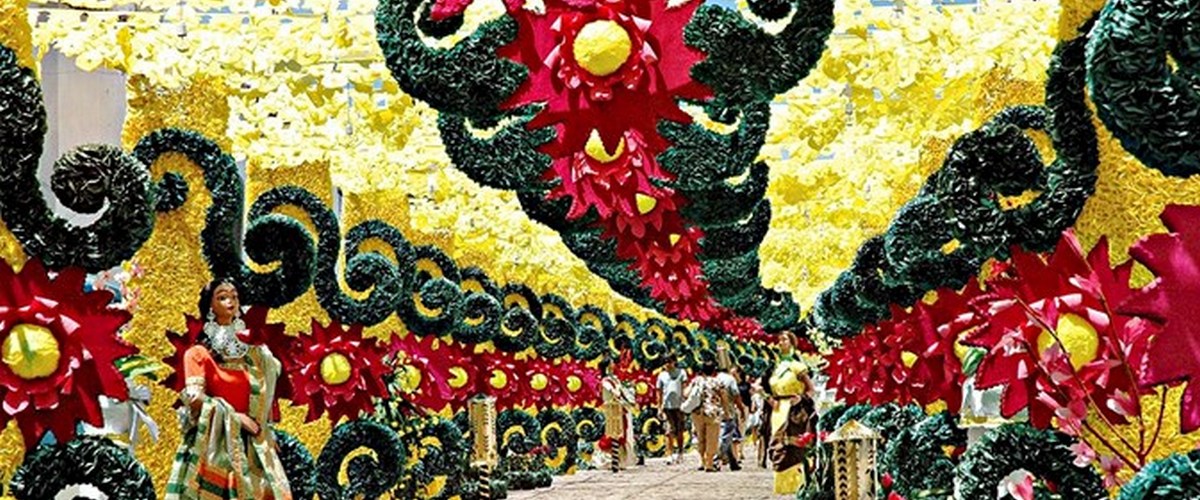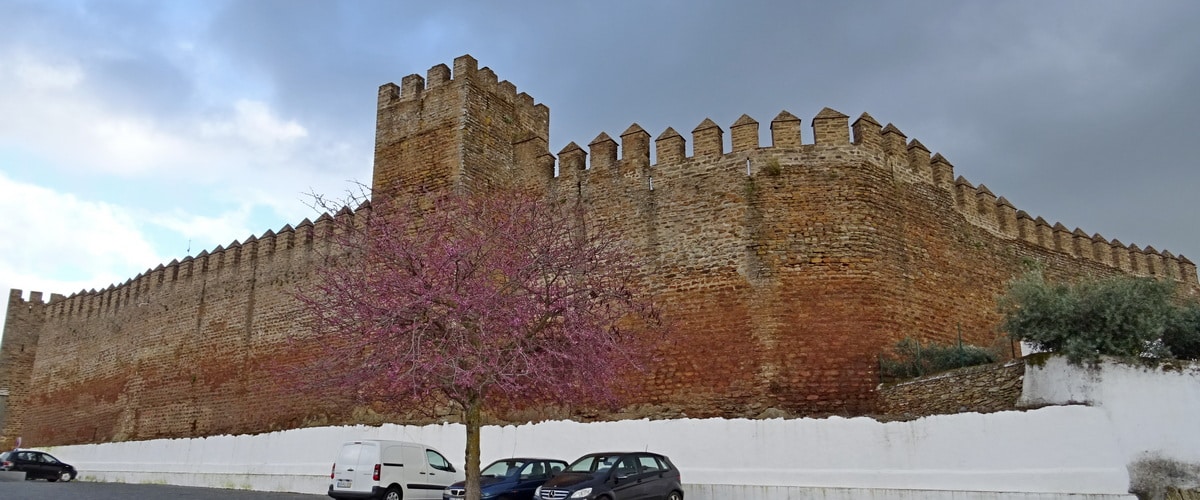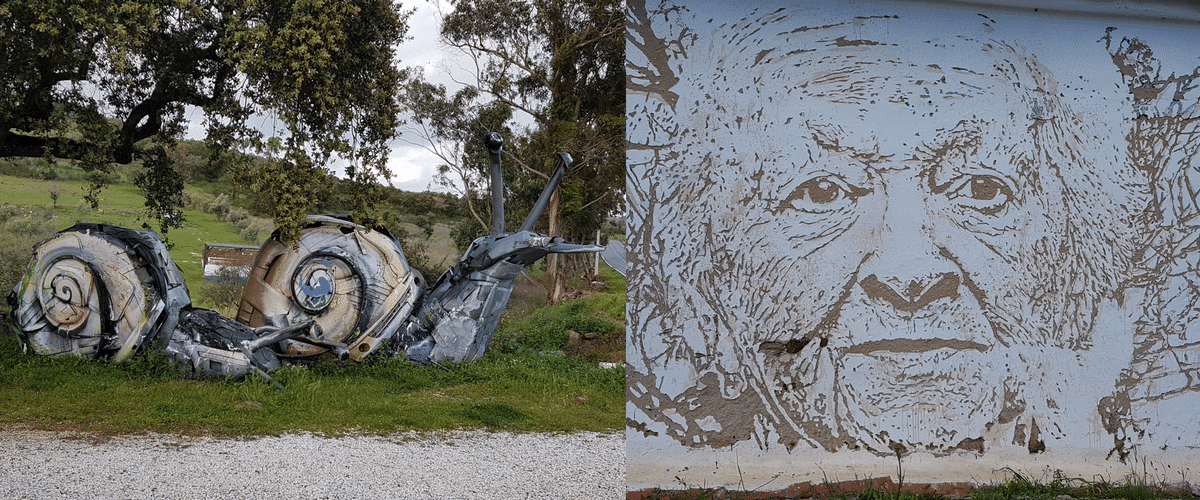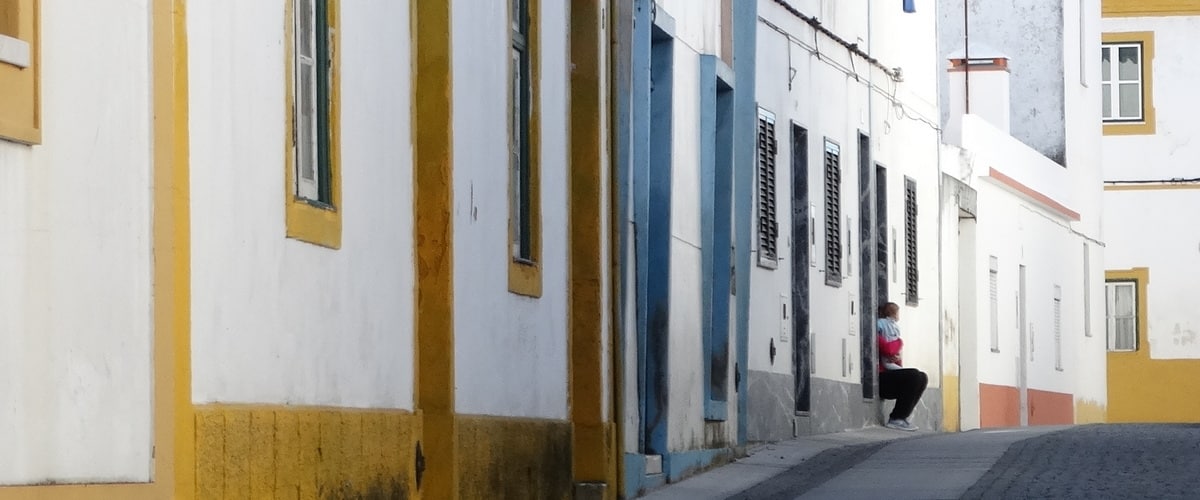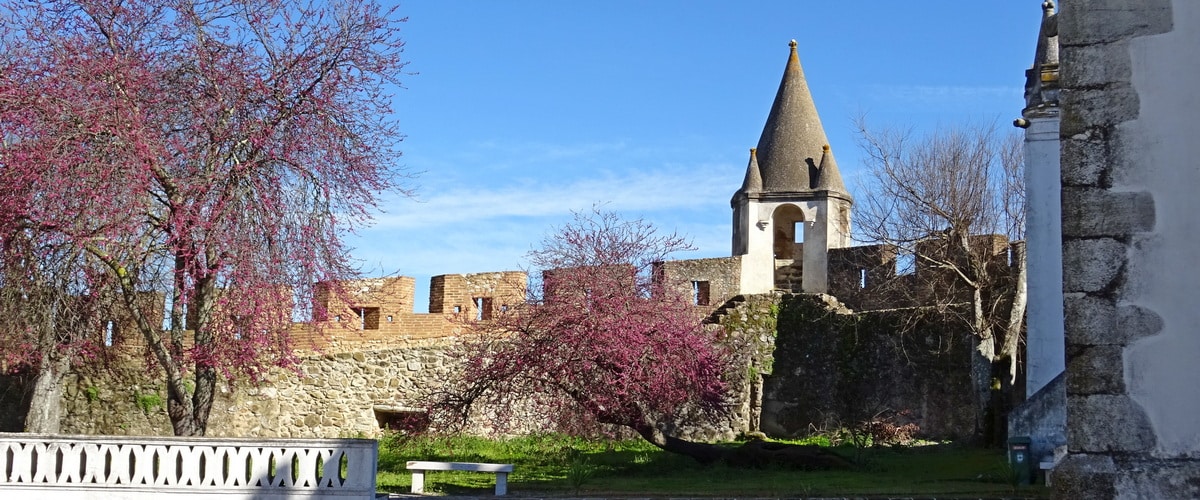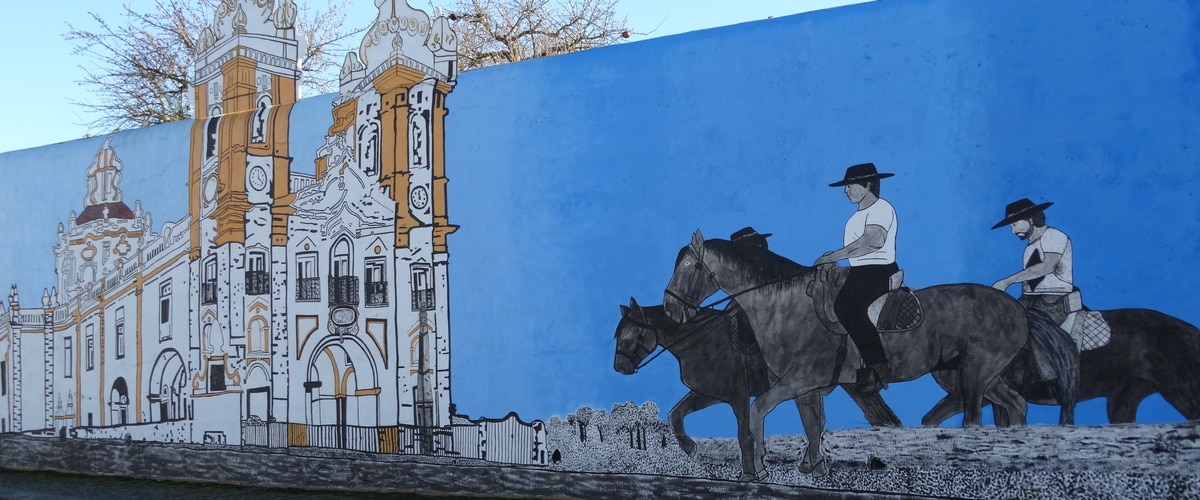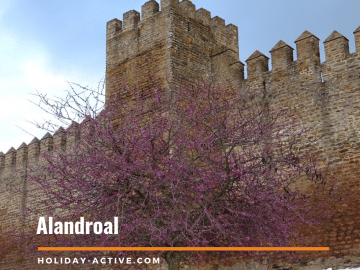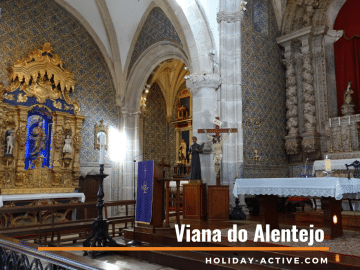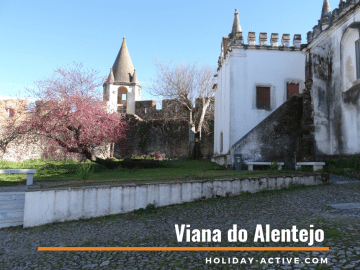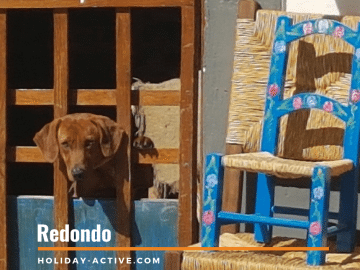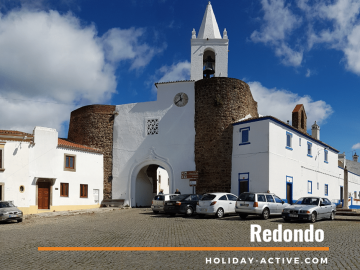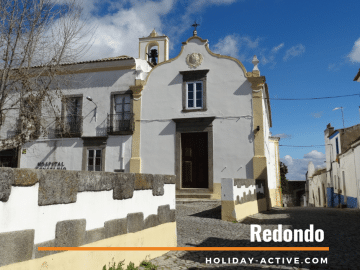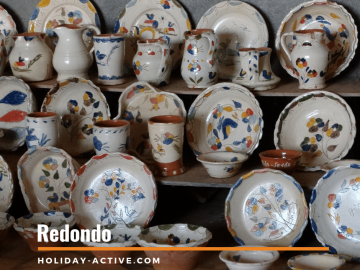Redondo
Redondo is a small village in the Alentejo, 34 km from Évora.
Redondo, at the beginning of the century. XV was practically uninhabited. The reason why D. João I, in 1418, imposed it as a mandatory passage to all who travelled from Évora to Vila Viçosa or to the Alandroal
A typical Alentejo village with its whitewashed houses enhanced with yellow or blue borders. Nowadays, for those who appreciate crafts, especially Portuguese, it is a compelling stop on your journey through the Alentejo
Redondo is renowned for its pottery, quality wines, gastronomy, furniture and cork work. Here you can still see artisans at work and buy your item directly from the hands of who crafts it.
Rich in history and monuments such as the Castle, the Matrix Churches (16th and 17th centuries), Manueline style Misericordia, Calvário (17th century), Nossa Senhora da Saúde (17th century) and the Pelourinho,
You may also visit the Wine Museum and the Clay Museum to know a little more about these two products so important in the economic development of this village
What to visit in Redondo
Megalithic Monuments
The entire region of Redondo has traces of prehistoric occupation, with numerous megalithic monuments of great interest, highlighting the Antas da Vidigueira, Colmeeiro, Venda do Duque and Candeeira.
DOC Wines
The combination of fertile granite and schist soils makes it possible to produce one of the region’s largest assets: Wine. Becoming part of one of the selected Regions of Controlled Origin Denomination (D.O.C.) in the country.
Redondo Cooperative Winery
 Photo from Municipio do Redondo
Photo from Municipio do Redondo
Founded in 1956 by a group of 14 winegrowers, the Cooperativa de Redondo Winery is one of the largest wine producers in the Alentejo region, currently congregating around two hundred winegrowers. Among the winning wines in national and international competitions are the brands Real Lavrador, Porta da Ravessa, Anta da Serra and Reserva ACR.
Pottery
Tradition remains firm in the Redondo. In this village, it is still possible to find artisans that produce utilitarian and decorative clay pots using ancestral methods
The clay found in this region is characterized by being able to withstand great temperature variations. The pieces decorated with simple floral motifs or portraying the daily life of rural Alentejo are characteristic features to be found in the Redondo pottery
Handmade Painted Furniture
The typical Alentejo furniture is handmade in bright colours that brighten up any household. Painstakingly small flowers or ribbons are drawn upon white, yellow, blue or green backgrounds
From the Redondo workshops emerge desks, beds, chairs and stools with straw seats, wardrobes and the most diverse articles
There are 5 artisans in Redondo, this being the workshop of Mr José M. Rosado Vicente, who once produced 700 chairs a month, now reduced to much less.
A national piece that deserves to be promoted
Flowered Streets
Every two years, the streets of Redondo are decorated with various objects, mostly brightly coloured paper flowers. It is a festival that goes back to the beginning of the 19th century, carefully prepared by the town people. Months before they begin to craft the paper flowers that will adorn the streets and compete for the prize of the most beautiful Street.
It happens every 2 years (odd years), usually in summer
The Convent of S. Paulo in Serra D' Ossa
Next to the Vila do Redondo, in the Serra D’Ossa, stands the beautiful and well-preserved Convent of São Paulo, also known as the Convent of São Paulo of the Serra de Ossa.
The Convent of St. Paul was once the home of the monks of the order of Jesus Christ of Poor Life. Founded the first buildings in the 4th century by the hermit monks, they would be destroyed by the earthquake of the year 446. Resistant to Roman, Visigoth and Arab invasions, the Convent was built in 1182, in the coolest and most pleasant part of the mountain
It was visited by illustrious figures such as the kings D Sebastian, D João IV, D Catarina de Bragança and D. Carlos, who picnicked in its gardens.
Several restorations works were made, most recently by the Leotte family, the present owner of this space who preserved and adapted it to a hotel unit.
Known for its impressive set of seventeenth-century Portuguese tiles with approximately 55 thousand tiles that line the staircases, corridors and chapels and which remain practically intact. They portray narratives of the Old and New Testaments, and the lives of Saints and Hermits
Guided tours may be provided, under appointment, between 15h-17h and without affecting the hotel operation
To stay at this hotel awarded by the European Museums Forum in 2012, for its work in conservation and restoration and classified as Property of Public Interest, click here
What to visit in the nearby villages
Alandroal
Alandroal
The village of Alandroal was founded in 1298, by D. Lourenço Afonso, Master of Avis. Its name derives from the “alandros” (Nerium Oleander shrub)) that grow here abundantly, and whose wood is still used in local crafts
Alandroal Castle played an important role in the wars between Portugal and Spain. Were it not situated in a frontier village, and separated from Spain only by the Guadiana River. It is well maintained, with bold red doors that invite you to enter and wander through its schist courtyards, rich in history and culture.
An agreeable stroll through this small, well-kept village, will provide you with the typical whitewashed houses and fragrant orange trees, fine manors, the Monumental Fountain (12-13th century), the Igreja da Misericórdia (church) and one or two mouthwatering regional restaurants.
VHILS and Bordalo II no Monte da Fonte Santa
We thank Monte da Fonte Santa for the opportunity to see these magnificent works of VHILS and Bordalo II
Placed outside of its property, on the N255, to be appreciated by all, you will find a 27m mural by the artist Alexandre Farto (VHILS) of two faces representing the “Alentejano” (people who live in this region) and Artur Bordalo (Bordalo II) assembled, from pieces of trash, the “Big Trash Snail” that serves to remind us what Man is destroying with pollution.
Viana do Alentejo
Viana do Alentejo
Viana do Alentejo is a 27 km drive from Évora on the crossroad of ancient Roman roads (Alcácer do Sal, Évora and Beja). Viana do Alentejo played a prominent role in the strategic defence of Portugal
It was D Dinis who laid the foundations for the castle in 1313. It stands at the foot of the mountain range from which crystalline water that flows, supplying the various village fountains
The Baroque Sanctuary of Nossa Senhora D’Aires is found outside the village and has been visited by pilgrims since 1743. It holds an impressive collection of former vows demonstrating the profound faith the people have for the virgin
The Castle of Viana do Alentejo
When D. Dinis granted the charter to this locality, he also donated the funds o build its Castle.
Of the castles’ original structure only the irregular pentagonal plant and part of its walls remain. It also houses two constructions that were added later: the Hermitage of Our Lady of the Assumption and the Church of the Misericordia. The latter with an imposing Manueline Portal of enormous symbology and beauty. Decorated with the royal insignia of D. Manuel: the Cross of Christ, the shield and the armillary spheres. It is a Manueline building, with clear Mudéjares influences, work of the architect Diogo Arruda.
In the enclosure of the castle, notice the unusual Manueline Cross depicting the Virgin of the Milk.
The Annual Market
Viana do Alentejo annual market is on the 4th weekend of September and lasts for 4 days.
It arose from a promise made to Our Lady D’Aires by the merchants of Évora: In 1798 the population of Évora suffered from a terrible plague that, when cleared, merchants bestowed their gratitude to Our Lady D’Aires, by celebrating at the Sanctuary. These manifestations of faith and thanksgiving, repeated during the following years, expanded, tents and merchants increased and in 1754, by royal decree, the celebrations were considered Free Trade Fairs
Horse Riden Pilgrimage
This unusual and impressive pilgrimage connects the town of Moita to Viana do Alentejo. The pilgrims travel about 150 km, on horseback, through the old royal route, until they reach the Sanctuary of Nossa Senhora D’Aires. One of the most important pilgrimages of worship to Our Lady in the Alentejo and one that has already become a tradition throughout the region
It takes place every year, on the fourth weekend of April, with arrival at the Sanctuary of Nossa Senhora D’Aires (Our Lady of D’Aires), on the following Saturday
Cowbells
Alcáçovas has produced cowbells since the 18th century and was, for a time, its main industry.
For more than 200 years, the most diverse cowbells have been produced in this village using the same techniques and craftsmanship throughout times. Large bells for cattle and horses, medium for sheep and small for domestic animals. A family secret passed down from generation to generation
Formerly very coveted to hang around numerous animals’ necks and keep track of the herds’ whereabouts, nowadays with the placement of fences on pastures, superseding the shepherds that took their flocks to graze, the pleasant tinkling is heard less and less
What to taste
The local gastronomy offers typical dishes from the Alentejo such as Sopa de Cação (shark soup) and Cozido de Grão (pork and chickpea stew)
As with other Alentejo towns, the village of Redondo and its neighboring villages are best visited by car.
To hire a car or more information about Driving in Portugal, click here
Where to stay in Redondo? Our Suggestion
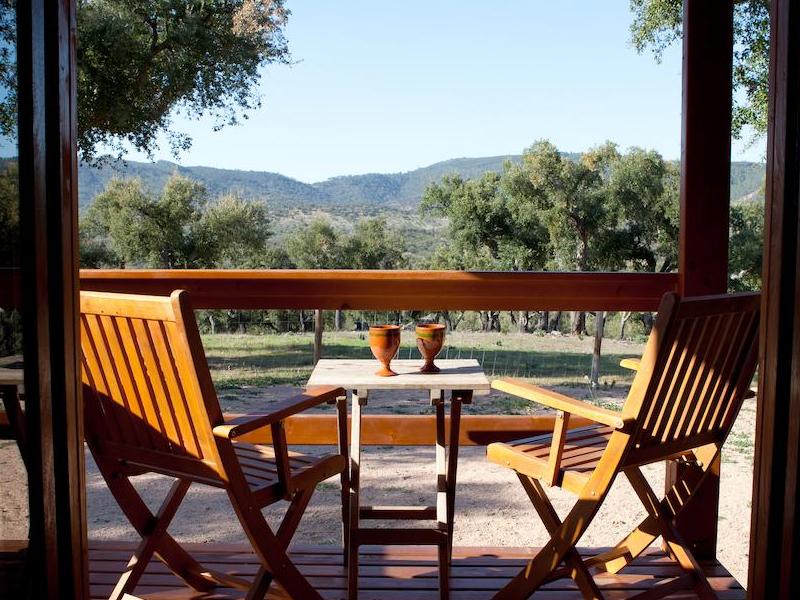
Herdade da Maroteira
Herdade da Maroteira is a farm on the foothills of the Serra D’Ossa, in the Alentejo region of Portugal. Owned by an Anglo-Portuguese family for over 5 generations, the 540-hectare farm is dedicated to cork forestry, livestock and wine.
It has the perfect accommodation for agro-tourism on the farmhouse, a lodge and a cottage overlooking the surrounding countryside and offers opportunities for a number of country activities that bring you closer to nature.
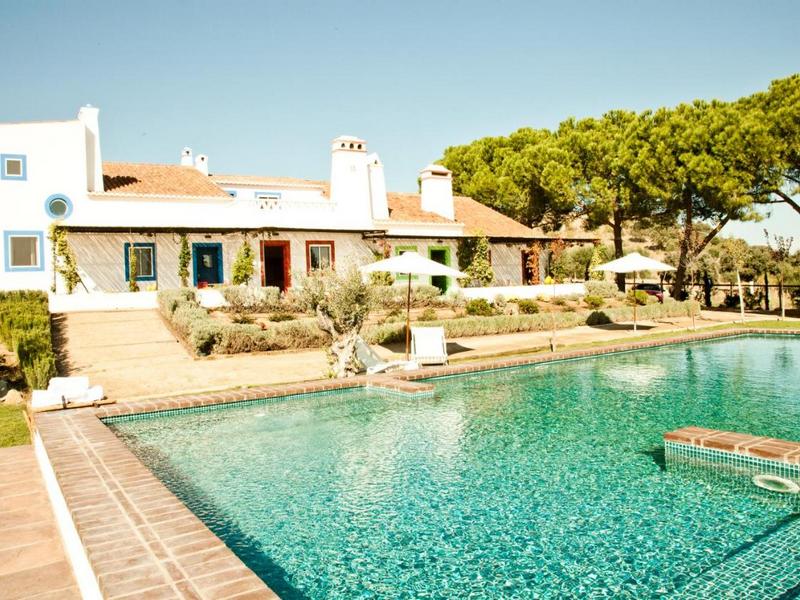
Casas de Juromenha
Located on the banks of the Guadiana River – Grande Lago do Alqueva, there are six houses located in the countryside with every comfort. They have a kitchenette, living room with fireplace and overlooking the garden, pool and river. Some benefit from outdoor furniture.
A poolside bar serves light meals.
Pets allowed

 English
English

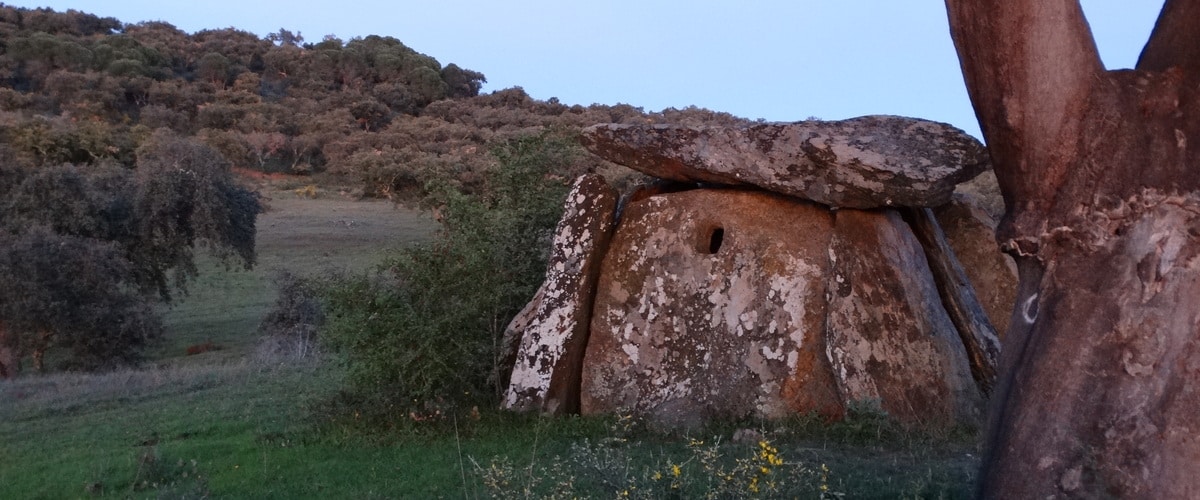
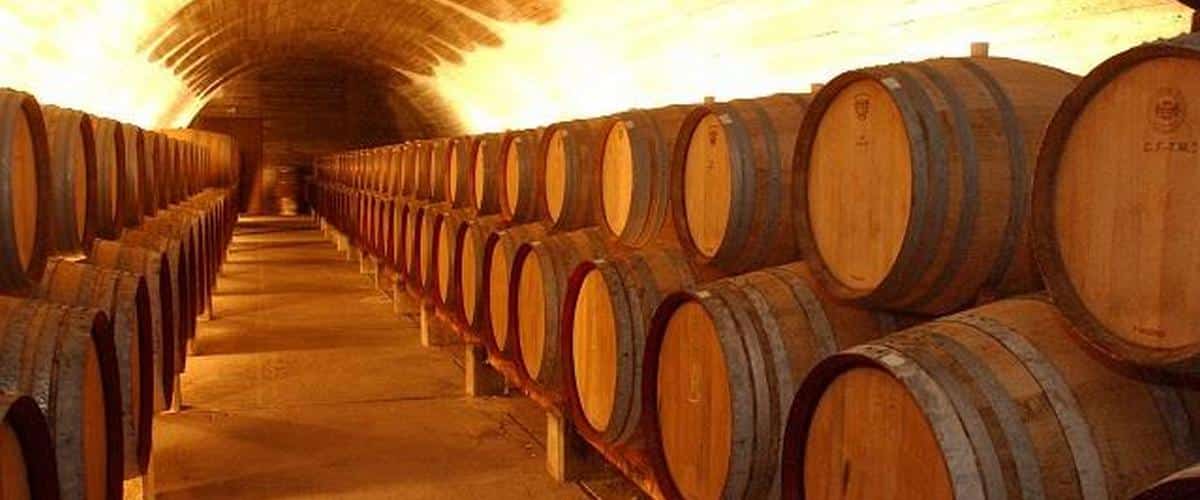 Photo from Municipio do Redondo
Photo from Municipio do Redondo